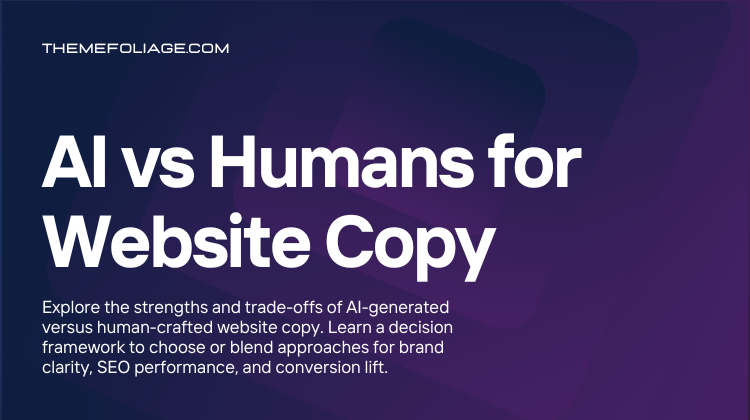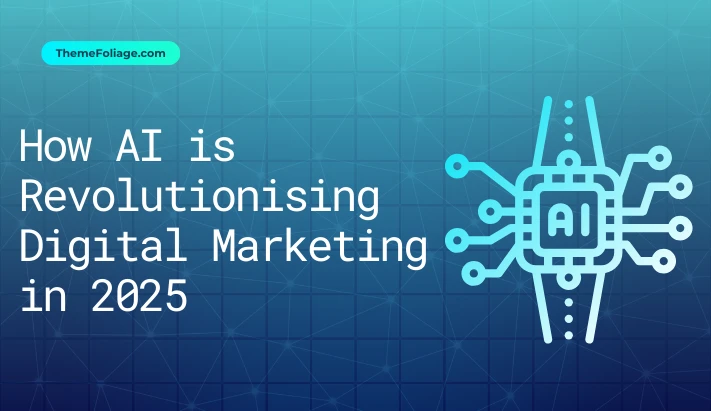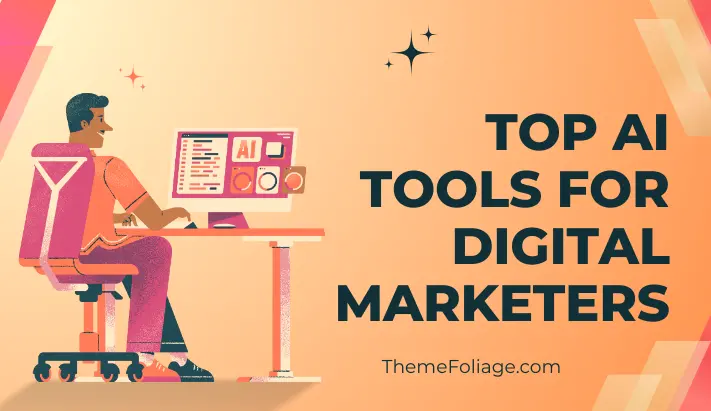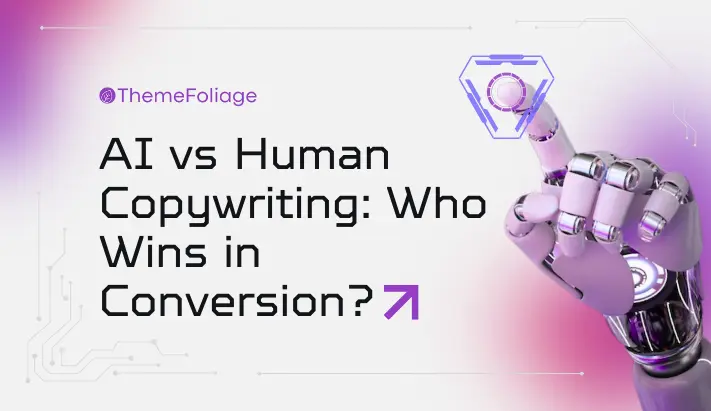Today’s websites must juggle storytelling, SEO and conversion in a fraction of a scroll. AI tools can draft landing pages in seconds, but can they capture your brand’s unique tone?
Human writers bring emotional nuance and deep expertise, yet often struggle at scale. In 2025, every marketer faces the same question: when do you let an algorithm write, and when do you entrust the narrative to a person?
The AI Advantage: Speed, Scalability and Data
AI shines when you need volume without headcount. It churns out keyword-rich headlines, meta descriptions and body copy aligned to search intent.
Integrated with analytics, AI adapts phrasing based on user engagement metrics, optimising calls-to-action on the fly.
If your goal is rapid iteration or multilingual rollout, AI’s ability to spin out dozens of page variants in minutes is unmatched.
The Human Touch: Voice, Vision and Authenticity
A human writer weaves brand stories with personality. They sense cultural subtext, craft metaphors and inject humour or empathy where an algorithm cannot.
Subject-matter experts translate complex topics into clear narratives that build trust. When subtlety matters, handling sensitive topics, embedding emotion, or reflecting niche expertise, nothing replaces a skilled copywriter’s intuition.
A Hybrid Framework: Marry Efficiency with Emotional Resonance
Why choose one when you can blend both?
- AI First Drafts: Use AI to generate outlines, headlines and keyword-optimised blocks.
- Human Refinement: Editors infuse voice, ensure factual accuracy and sharpen storytelling.
- Data-Driven Tweaks: AI tools run real-time A/B tests on variants; humans analyse results, adjusting brand tone and framing.
This three-step loop accelerates production while preserving the nuance that moves readers to action.
Decision Guide: When to Use AI, Human, or Both
- Use AI-only for high-volume, low-risk pages (e.g., category listings, FAQ sections).
- Reserve human writers for cornerstone pages, home, about, flagship product stories and brand narratives.
- Opt for the hybrid path on conversion-critical pages where both speed and emotional resonance matter (pricing pages, landing pages for paid campaigns).
Align your approach to each page’s business objective and audience expectations.
Measuring Success: KPIs That Reveal the Right Balance
- Engagement Metrics: dwell time and scroll depth reveal whether copy resonates.
- Conversion Rates: compare AI-driven vs. human-driven page performance.
- SEO Rankings: track changes in organic visibility after content updates.
- Cost and Time Savings: calculate turnaround improvements when AI handles initial drafting.
Run controlled experiments: hold out a human-only page and an AI-only page to isolate the impact of each approach.
Final Thoughts
In 2025, the AI vs. human copy debate isn’t a strict either/or, it’s about crafting the right mix for your brand, your goals and your resources. AI brings unmatched speed, data adaptability and scale.
Humans contribute voice, vision and emotional depth. When you weave them together through structured workflows, you deliver website copy that ranks, converts and resonates, all without sacrificing the soul of your story.



